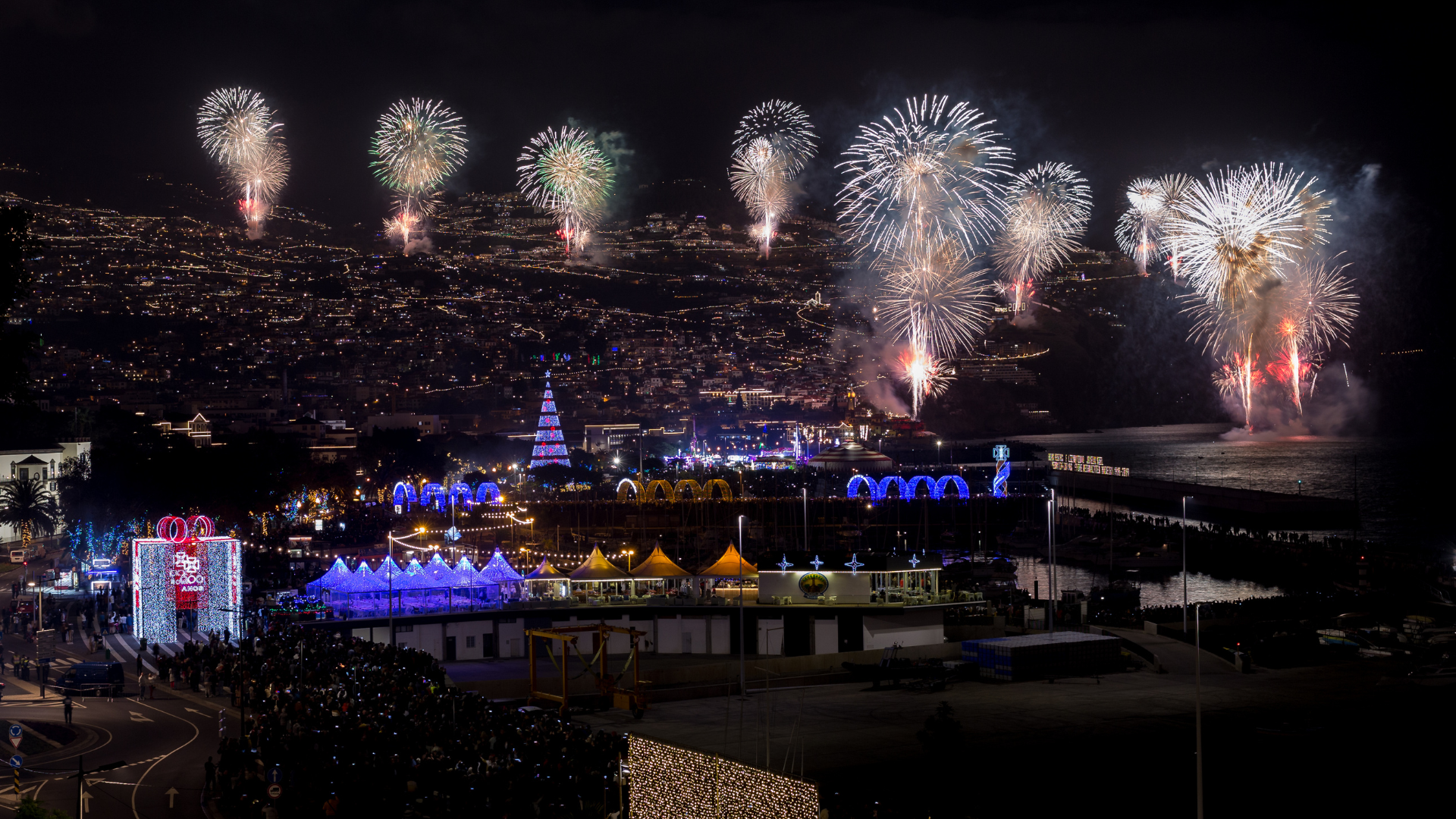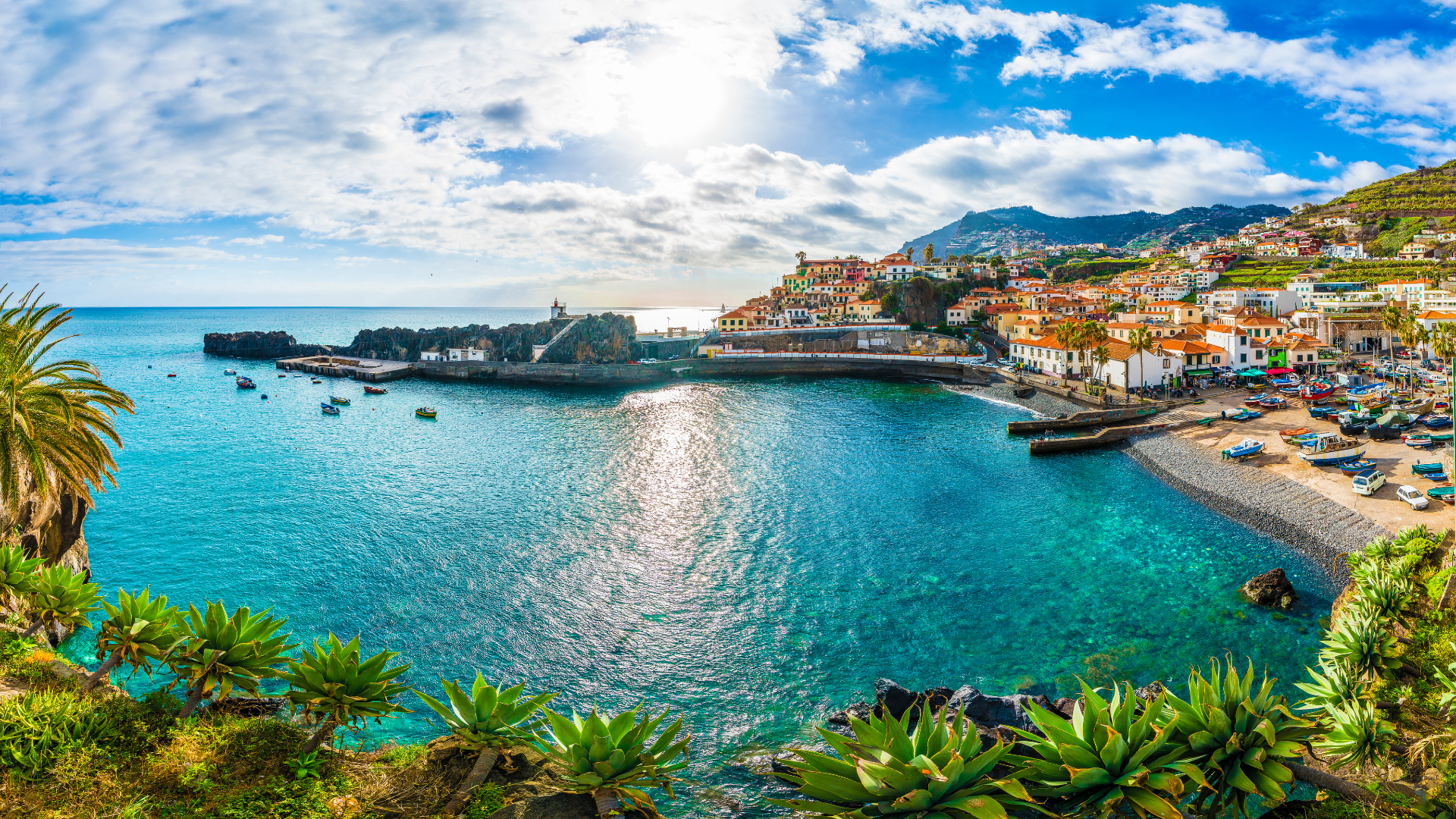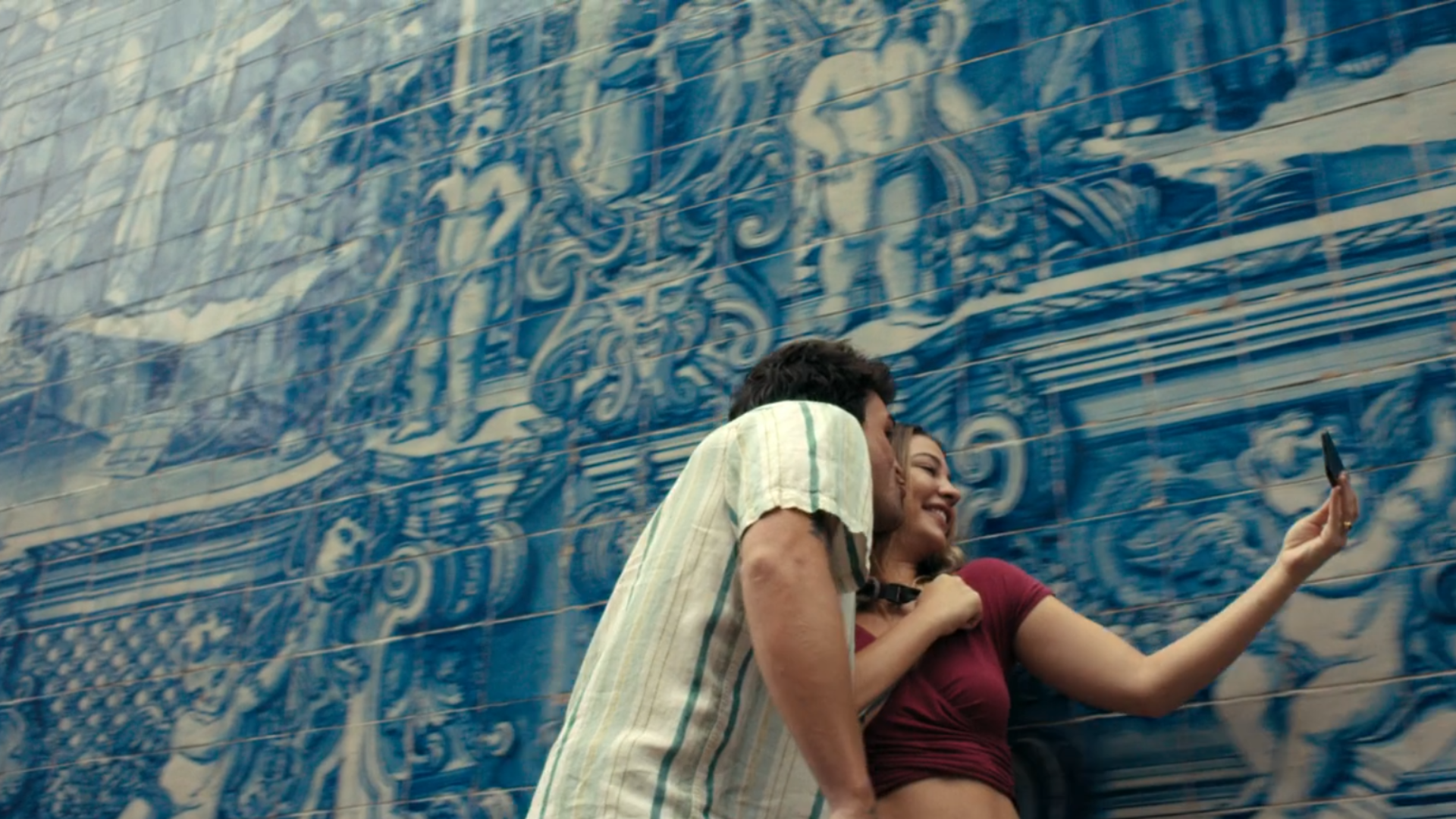I know that everyone who visits Porto, even for 3 days, will definitely spend one afternoon to discover and experience Port wines.
So it has happened. On 27th March Ryanair has inaugurated a connection between Cracow and Porto. That’s one of the most expected destinations ever, one of those dreamt not only by budget travelling lovers. I am convinced that they will be really popular and used not only by wine lovers. I also know that everyone who visits Porto, even for 3 days, will definitely spend one afternoon to discover and experience Porto wines.
For the majority of the visitors it might be a short city-break, therefore you should prepare everything in advance rather than to leave any formalities for later. At the same time it is worth to leave something for pure improvisation, thus Porto is one of the cities in which you should get lost to find something really magnificent. However, wine producers visits shall be booked in advance. Personally, I have used the website www.winetourismportugal.com – that is one of the biggest organizers of wine tourism trips if it comes to all portugese wine regions as well as Douro itself. From its really wide offer, I have chosen the program called Port Wine Cellars Tour which consisted of visit and tasting of wines of 3 winemakers in just one afternoon.

Before my departure, I received a map and a schedule. According to it, at noon, I was crossing the majestic bridge of Louis the First. At that moment I was crossing over the Douro river and leaving Porto simultaneously. The second river bank is Vila Nova de Gaia though, functionally – a part of Great Porto but formally – a separate city. It is exactly there – not in Porto – where the famous wines are being produced. And it would be better to replace the word "produced” with "aged” or "matured”, thus they are born more than 100 kilometres to the east, on the steep slopes of the Douro Valley, from where fermented wine had been transported with special boats called "rabelo”. Today, the boats have been replaced by lorries and tanks and local quinta (wineries) are nothing else but small companies. The rules are still the same though – aging is the most important. And that was exactly what I was about to visit, the cellars where wine matures.

Exactly at 2 pm. I was at the gate of Caves Croft. The first surprising fact was that the term "cellar” is actually quite contractual. Port matures in special buildings above ground level, thus soil is so rigid and stiff that you can’t really dig in it. At the entrance, I gave the voucher that I had received via e-mail and I received a glass of chilled Croft Pink Port in exchange. A wine that is a new thing in the world of Port. It was the first time where the rose wine has been bottled exactly by Croft, 9 years ago, in 2008. It is really aromatic with fresh, fruity (raspberry, strawberry) flavours, delivering a subtle and delicate pink color. Sweet, but broken with good acidity at the same time. It has so many flavours that it can successfully serve as a solid base for cocktails. During the tasting out lovable guide explained to us why Croft is located much higher than other winemakers. They were here as one of the firsts. The company had been founded in 1588 and no one then has been thinking about the dams, thus Duoro was often overflowing. Production on the river bank was too risky.
Next stories have been told during our walk in the maze of barrels. We have found out how Ruby and Tawny is produced. Why the wine from small barrels is brown in color and from bigger ones – ruby in color. What is micro-oxidation and what ordination is valid in Port universe. Such terms as LBV will never be incomprehensible for us again.

At the end, in a small, charming tasting room we have tried another two labels. Porto Croft Reserva is a classic Ruby with powerful and rich fruitiness of currant and cherry enhanced with subtle spice and cedar flavours and chocolate in the mouth. A very good impression is also made by still present and perceptible noble tannins.
Second of wines is Croft 10 Year Old Tawny Port – classic, medium-shelved Tawny. In the nose, there are primarily nut, almond and spice flavours. After some time it is hinted by dried date and a fig. In the decidedly sweet mouth, we can also find a cherry and plum jam. Really interesting, complex and rich wine.

The visit lasted about an hour, and at 3:30 we were about to show ourselves at the entrance to Sandeman. We were in a hurry because it was about 20 minutes away from our current location. The walk lasted about 30 minutes – mostly because Porto seen on the other side of the river was so beautiful that we couldn’t resist taking more photos. Finally, we arrived there 3 minutes before time. In so far as there were 4 people at Croft’s, here next to the bridge we could see a large group of people.

We started our visit just on time and our guide wearing a black cape and a sombrero clearly referred to the company logo - and that has also been the first thing to introduce ourselves with. It was created in 1928 by George Massiot Brown – a Scot who liked to think that he was a Frenchman. The intention was to connect a spanish hat (because Sandeman is also a sherry – Jerez de la Frontera) with a cape typical for Porto students. This is how The Don came to be one of the most recognizable trademarks of the wine industry.

After that, there was a traditional walk between barrels so small (650 liters) as well as gigantic ones (25 000 liters), quick blink at the treasury, where you can look at the bottles from the beginning of the previous century. In the meantime – a lecture about the methods of Port production, an invitation to visit quinta and final arrive at the tasting room. There were 2 glasses waiting for us at the table. In first of them – Sandeman Porto White – three-year-old wine perfectly blending fruity sweetness enhanced with vanilla flavour and freshness of tropical fruit. Thanks to subtle, citrus acidity, it tastes amazing when it’s 25 degrees outside. Later in the evening I had an opportunity to taste very popular cocktail "port tonic” based on two parts of tonic and one part of mentioned wine. That connection is really worth remembering.

The second glass has been betrayed by its color: expressive amber says clearly that it’s a tawny, and specifically Sandeman Porto Imperial Reserve. This blend of wines maturing from 4 to 12 years knocked me down with its complexity and richness. In the nose, we can find dried and candied fruits, freshly grated nuts, wooden and herbal flavours. Every nudge brings us something new. In the mouth – velvet, dense, sweet and really long. I did regret that due to the limit of my luggage I wouldn’t be able to buy a bottle and take it back to Poland. It would be perfect – especially during cold winter evenings.

Another, the third visit in the afternoon was planned at 6 pm. Our destination was the Burmester cellar and it’s almost in the neighborhood – 5 minutes on foot. So we had a perfect opportunity to drink a coffee with a view on monumental Louis the First bridge. We arrived on time and for the reason the cellar is really close to the bridge, there are much more visitors than anywhere else. Thanks to the vouchers from Wine Tourism Portugal we didn’t have to wait in a long queue. This time, the tour began with a repetition of knowledge about the ordination of porto wines and a lecture about Duoro valley microclimate. I have learned, amongst many other things, why Port has always been a coupage. The answer is surprisingly obvious – everything what was matured in that time (generally in the middle of august) was put into the vat. It must have been simplified somehow due to the specification of the valley and the dozens of varieties of grapes and they maturing periods. As a result – everything that was ready, has also been put into a vat. Recipes have been thought through over time, but the rule of common fermentation and multi-ingredient coupages is still valid today.

After some lectures, the tasting time has come and here I have been honored in a special manner. Everyone who has bought an entry at the checkout had a chance to taste only 2 wines, but as we had booked the experience through Wine Tourism Portugal, we could taste 3 wines and received some chocolates as a suggestion of pairing. At the beginning, I tried Burmester White Porto – wine produced differently to some extent (it matures in steel for the first year and then for 2 years in big barrels). Thanks to this treatment, it manages to retain the freshness and expressive acidity that holds everything together, binds it and is essential for balancing big amount of sugar. It was the most fruity of all white enhanced wines but also full of spicy aromas. That was a nice one and I’d rather drink it on the terrace than in front of a fireplace. Burmester Ruby Porto – the base here is also a fruit. The wine is almost a cherry extract covered by sweet spices. The last one was Burmester Jockey Club Reserve Porto – basic, typical tawny of this producer. As for the basic wine it is really rich, with a spicy-nutted bouquet. In the mouth – full, rich, firm, clearly sweet but not insipid. In my notes it has received B+ - one mark less than Croft 10-Year-Old Tawny Port rated as A-.

It was a great time, a relaxing afternoon, but also a great lesson about Port wine. I will definitely remember from it much more than the fact that Port wines are not produced exactly in Porto but in Vila Nova de Gaia.
By the way, we have found out that booking our visits in advance allowed us to spend the time more efficiently. We have also managed to spend a little less money. I could have paid 35 Euros for the whole experience but if I paid in every cellar separately it would have cost me more. Additionally, I would have spent more time in queues. For that reason I strongly recommend you book and buy your visit even before your flight. People who have more time and a little thicker wallet can also find some other services. You can always check a full offer on www.winetourismportugal.com
I traveled to Porto on my own expense, I tasted for an invitation of Wine Tourism Portugal.









